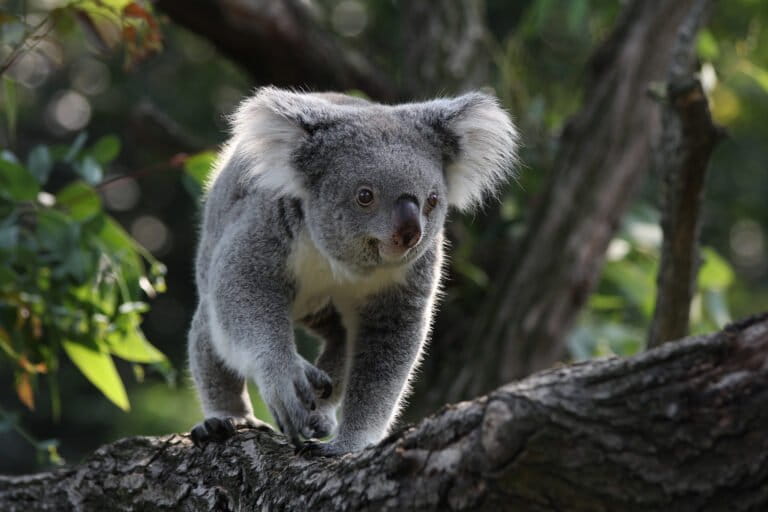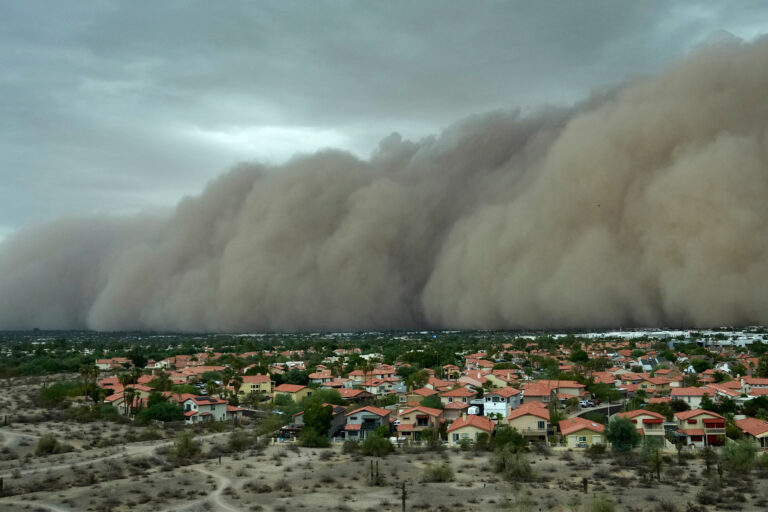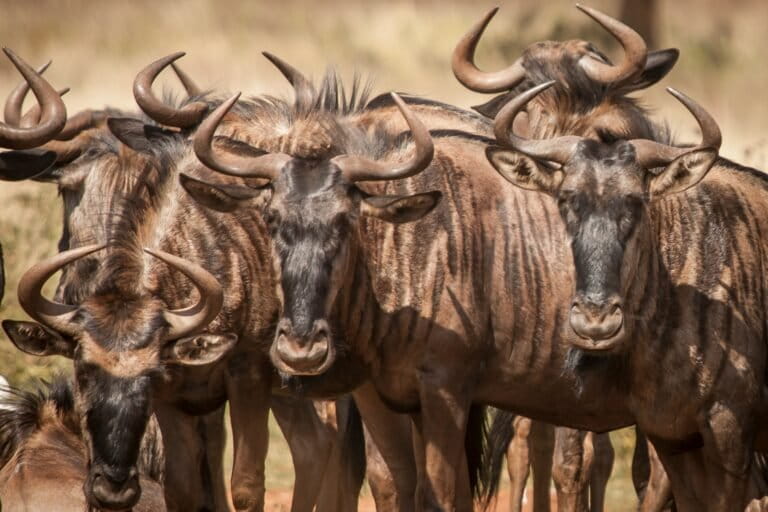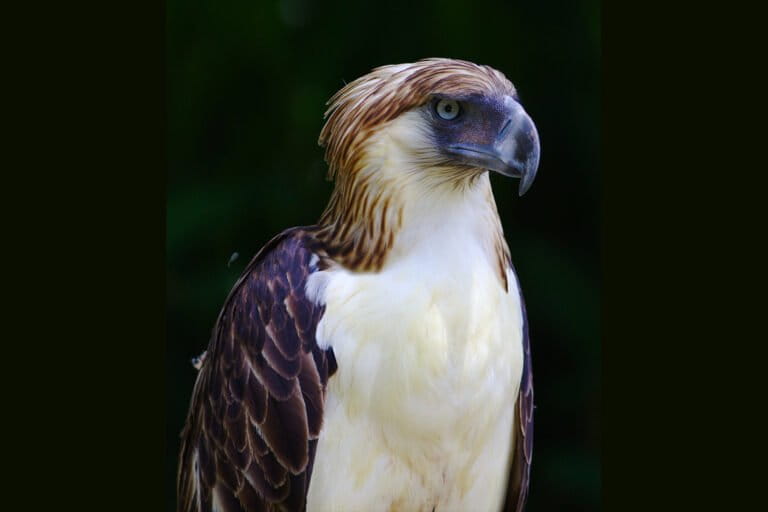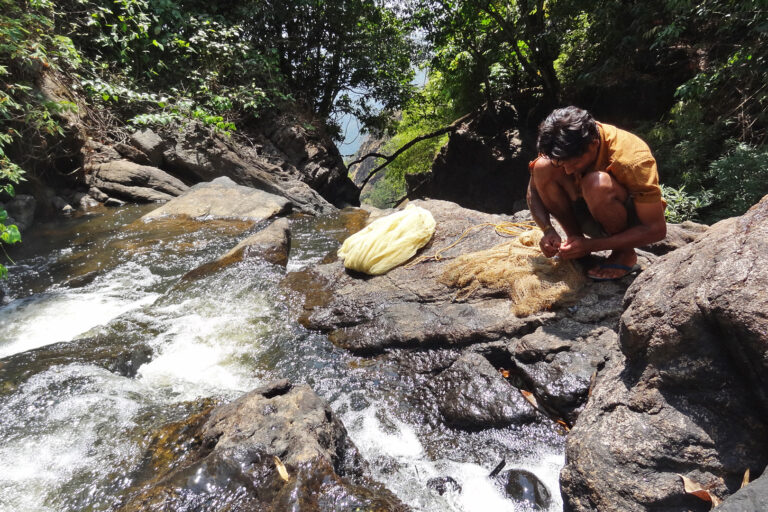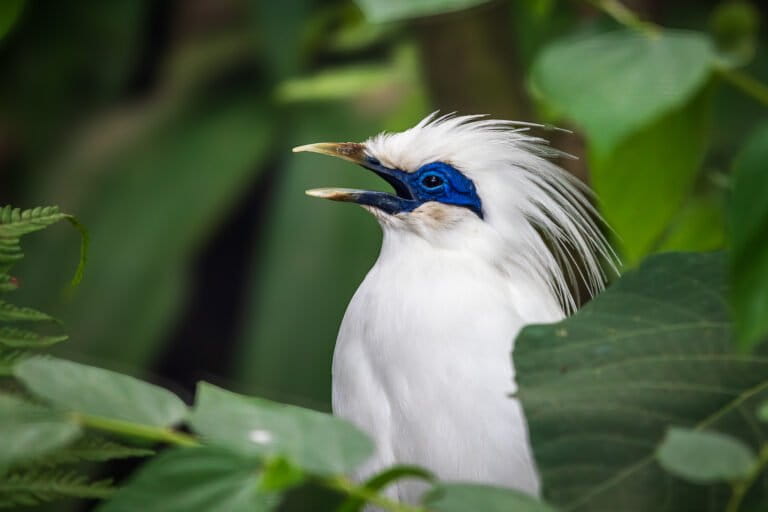- A multidisciplinary research team recommends combining detailed data on human activities, infrastructure and animal ecosystems into a “dynamic human footprint” framework.
- The study explores the potential of tracking people’s locations over time via cellphones, transportation data and satellite imagery to reveal less-visible human disturbances on wildlife.
- While promising, the approach faces hurdles around privacy protections, data availability across fields, and collaboration barriers.
To fully understand animal behavior and conservation, scientists are finding they need to study humans’ daily movements and activities. A paper published in Nature Ecology & Evolution brings together a multidisciplinary group of experts to examine how tracking human movements through landscapes over time can provide insights into wildlife behavior and conservation.
This collaborative project began when biologists Diego Ellis-Soto and Ruth Oliver sought to analyze how COVID-19 lockdowns and restrictions affected animal populations and ecosystems. However, they lacked data on the changes to human movement, so they assembled a diverse team of scientists covering fields like conservation biology, geography, social science, spatial analytics, computer science and more to explore this intersection further.
“It was fascinating to see the very different ways various disciplines approach the study of human mobility versus animal movement,” said Ellis-Soto, the paper’s lead author. “We feel this paper can help bridge gaps between areas like conservation science, social sciences and big data analytics to uncover new discoveries.”
The group recommends combining granular data on human travel behaviors, urban and transport infrastructure, land-usage patterns, and animal habitats into a new framework called the “dynamic human footprint.”
In this paper, Ellis-Soto said the research team aimed to provide an easy-to-understand primer explaining the various methodologies and technologies for tracking human movement using technologies like Bluetooth, Wi-Fi, lidar and GPS.
“I sincerely hope our paper lowers some existing barriers to accessing and utilizing these rich data sources to drive discoveries that can protect biodiversity,” Ellis-Soto said.
With the proliferation of smartphones and location-enabled devices, the authors say that understanding the ebbs and flows of human movement and activities across both wild and urban landscapes at scale is increasingly possible. The paper specifically explores the potential of collecting and integrating data from sources like cellphones, marine transportation trackers, and satellite imagery that captures nighttime lighting into this dynamic footprint.

The authors say that going beyond static geographical data to track people moving through landscapes and waterways over time, across days and seasons, can uncover hidden influences on animals. Adding these layers of dynamic human encroachment, such as traffic, onto habitats can paint a much fuller picture of how development continues to threaten species.
For instance, surges in recreation and tourism on weekends and holidays have been shown to negatively affect breeding and feeding patterns for sensitive animal populations in certain conservation areas.
On the other hand, in locations with strict COVID-19 lockdown policies and restricted human travel, land mammals traveled longer distances (73% further on average).
“Our research has shown that animals can respond directly to changes in human behaviour. This offers hope for the future, because in principle this means that making some adjustments to our own behaviour could have a positive effect on animals,” Marlee Tucker, one of the co-authors of the study said.
However, the researchers also acknowledge that the dynamic human footprint approach faces barriers around privacy rules, data availability, and effective collaboration across diverse research disciplines.
“I’ll be upfront that a truly global, live database is not realistic yet,” Ellis-Soto said. “The first thing I’ll say is it can’t and shouldn’t be global in scale due to some implementation challenges that need solutions.”
Among these challenges are privacy issues inherent in collecting individual location data, which require anonymizing individuals to avoid identifying people’s movements. The authors stress that technology companies and scientists should adopt clear ethical standards and governance policies for data privacy, security, transparency, and controls when handling, processing, and storing human mobility data for research.
There are also open questions about the public availability, licensing, and long-term continuity of data sets related to human activities that could benefit conservation efforts.
Citations:
Ellis-Soto, D., Oliver, R. Y., Brum-Bastos, V., Demšar, U., Jesmer, B., Long, J. A., … Jetz, W. (2023). A vision for incorporating human mobility in the study of human–wildlife interactions. Nature Ecology & Evolution, 7(9), 1362-1372. doi:10.1038/s41559-023-02125-6
Perona, A. M., Urios, V., & López-López, P. (2019). Holidays? Not for all. Eagles have larger home ranges on holidays as a consequence of human disturbance. Biological Conservation, 231, 59-66. doi:10.1016/j.biocon.2019.01.010
Tucker, M. A., Schipper, A. M., Adams, T. S. F., Attias, N., Avgar, T., Babic, N. L., … Mueller, T. (2023). Behavioral responses of terrestrial mammals to COVID-19 lockdowns. Science, 380(6649), 1059-1064. doi:10.1126/science.abo6499
Banner image of road by CHUTTERSNAP via Unsplash.
Liz Kimbrough is a staff writer for Mongabay and holds a Ph.D. in ecology and evolutionary biology from Tulane University, where she studied the microbiomes of trees. View more of her reporting here.
FEEDBACK: Use this form to send a message directly to the author of this post. If you want to post a public comment, you can do that at the bottom of the page.








